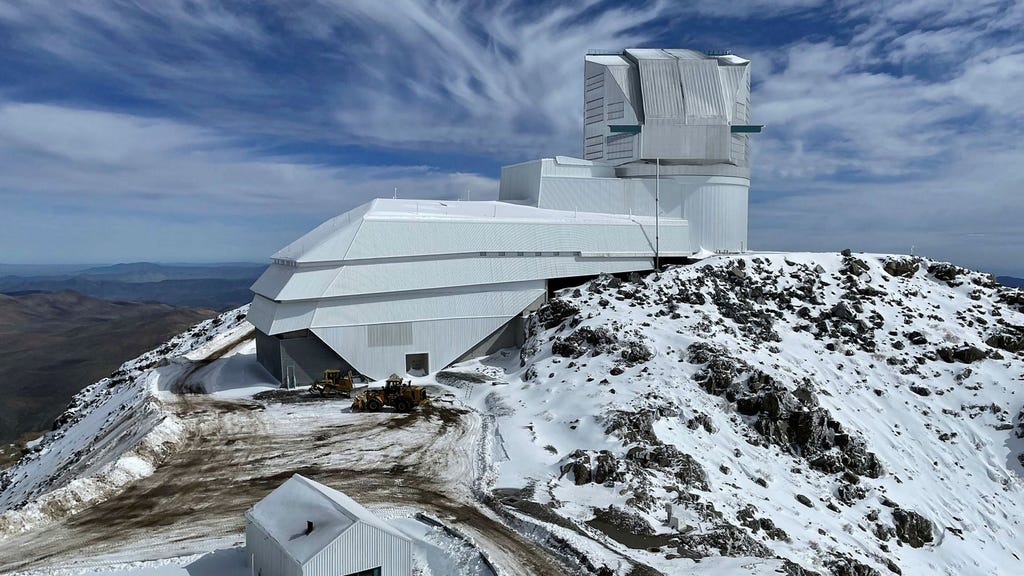The possibility of a ninth planet lurking in the outer reaches of our solar system has captivated astronomers since Pluto’s demotion to dwarf planet status. While our solar system officially comprises eight planets, the search for Planet Nine continues, fueled by intriguing orbital anomalies observed in the Kuiper Belt, a region beyond Neptune teeming with icy bodies. This pursuit echoes the historical hunt for Planet X, a hypothetical planet proposed to explain irregularities in Uranus’s orbit, a quest that ultimately led to Pluto’s discovery in 1930. Though those initial irregularities proved to be measurement errors, the idea of an undiscovered planet persists.
The current hypothesis suggests Planet Nine is significantly larger than Earth, possibly a super-Earth or an ice giant, residing at a distance 20 to 30 times farther from the Sun than Neptune. Its immense orbital path would take it between 10,000 and 20,000 Earth years to complete a single revolution around the Sun. This vast distance and the faint sunlight reflected by the hypothetical planet make its detection exceptionally challenging. Despite the power of modern telescopes capable of observing galaxies billions of light-years away, spotting a small, dimly lit object in our own solar system is akin to finding a needle in a cosmic haystack. The overwhelming glare from countless background stars and galaxies further complicates this search.
However, the astronomical community anticipates a potential breakthrough in 2025 with the commissioning of the Vera C. Rubin Observatory in Chile. This groundbreaking facility boasts the largest digital camera ever constructed, possessing a staggering 3.2-gigapixel resolution. This unprecedented imaging power will allow the telescope to capture highly detailed images of the night sky, revealing celestial objects with unparalleled clarity. Combined with the observational capabilities of the James Webb Space Telescope, the Rubin Observatory promises to revolutionize our understanding of the universe, from its earliest moments to the mysteries of dark matter, and potentially, the existence of Planet Nine. Scientists hold high hopes that this new observatory will either directly image Planet Nine or provide further evidence of its gravitational influence on the peculiar orbits of Kuiper Belt objects.
The Rubin Observatory’s operational strategy involves systematically capturing images of different sections of the night sky, compiling a complete view of the observable universe from its vantage point on Cerro Pachón every three days. Every 30 seconds, the telescope will produce an image containing an estimated 40 billion objects, a testament to its unparalleled survey capabilities. This immense data stream will provide astronomers with an unprecedented opportunity to study the universe in exquisite detail. However, the sheer volume of data also presents a significant challenge in identifying a specific, elusive object like Planet Nine.
Adding an intriguing layer of complexity to the observatory’s operations is the involvement of the US government. Due to the telescope’s extraordinary resolution, the US military has requested access to the raw image data to identify and redact the positions of their classified satellites. An automated system will censor the initial image release, with unedited versions made available to the scientific community only after an 80-hour delay. This delay allows sufficient time for the satellites to move to new positions, ensuring their orbital paths remain undisclosed. This unusual collaboration highlights the dual nature of advanced scientific instruments, capable of unraveling the mysteries of the universe while simultaneously holding strategic importance for national security.
If Planet Nine exists, the Vera C. Rubin Observatory represents our best chance yet to confirm its presence. A positive identification would not only officially restore our solar system to a nine-planet system but also open up entirely new avenues of research into the formation and evolution of our planetary neighborhood. The discovery would undoubtedly trigger a flurry of studies to determine its composition, atmospheric characteristics, and potential for harboring moons. The naming of this hypothetical planet, likely drawing from Roman or Greek mythology, would further capture the public imagination and solidify its place within our understanding of the cosmos. The anticipation surrounding the Rubin Observatory’s observations underscores the enduring human fascination with exploring the unknown and expanding our knowledge of the universe we inhabit.














